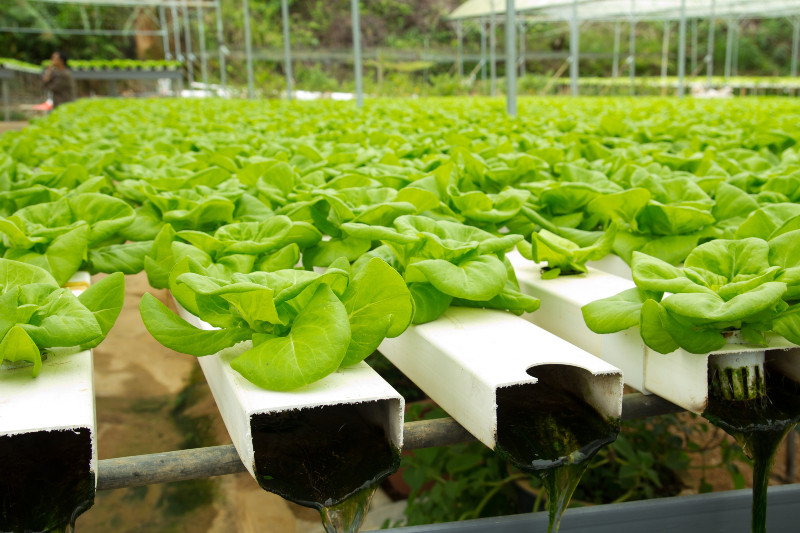Soil, mud, earth, dirt, whatever you like to name it soil is the gold dust that is responsible for everything we eat. Soil is the organic mixture of minerals and matter, liquids and gases that create the micro-organisms that support every type of life on this great planet. Soil, as a compound consists of ‘phases’ which are ‘solid’, ‘porous’, ‘gaseous and liquid’, and because of this soil is teat a ‘three-state’ system owing to the three states it enters.
Soil is an end product created by mother earth from a series of processes involving relief, elevation, slope, biotic activities, materials and minerals that over time break down, compost and compact to make what we call soil, or earth. The top level of soil is the dried surface. If you think about the planet as a living organism and each layer is representative of a phase of its existence and life, the top layer is the outer skin that gets replaced, replenished and cleaned, in the same way we treat our skin. It’s the derma layer of the earth that should be looked after from within and without.
Precipitation and Effectiveness
For it to be fully effective during the growing process, soil must receive enough water to nourish the ground and help the plant, vegetable or fruit to grow. In many areas of the world drought is a yearly concern and when crops fail to grow the people starve. This is more prevalent in Africa than anywhere else in the world and droughts have been known to affect the entire land of Ethiopia.
Different areas receive different types of rain that effects the soil in a variety of ways. Climate can influence the soil with lime, acid in humid areas, erosion on hillsides, and clay-like soil that is resembles a rusty color. Dry soil cannot produce a great deal because the filtration cannot reach down into the soil to soak it for long enough to produce gestation and growth of seeds. The climate affects soil formation with layers of clay, colloids, soluble salt, carbonites, and precipitation affects the soil by directly affecting how the ions and particles move around inside the soil to aid in its development. Without this chain of events the soil becomes nigh-on infertile and completely ineffective for growing anything nutritious.
